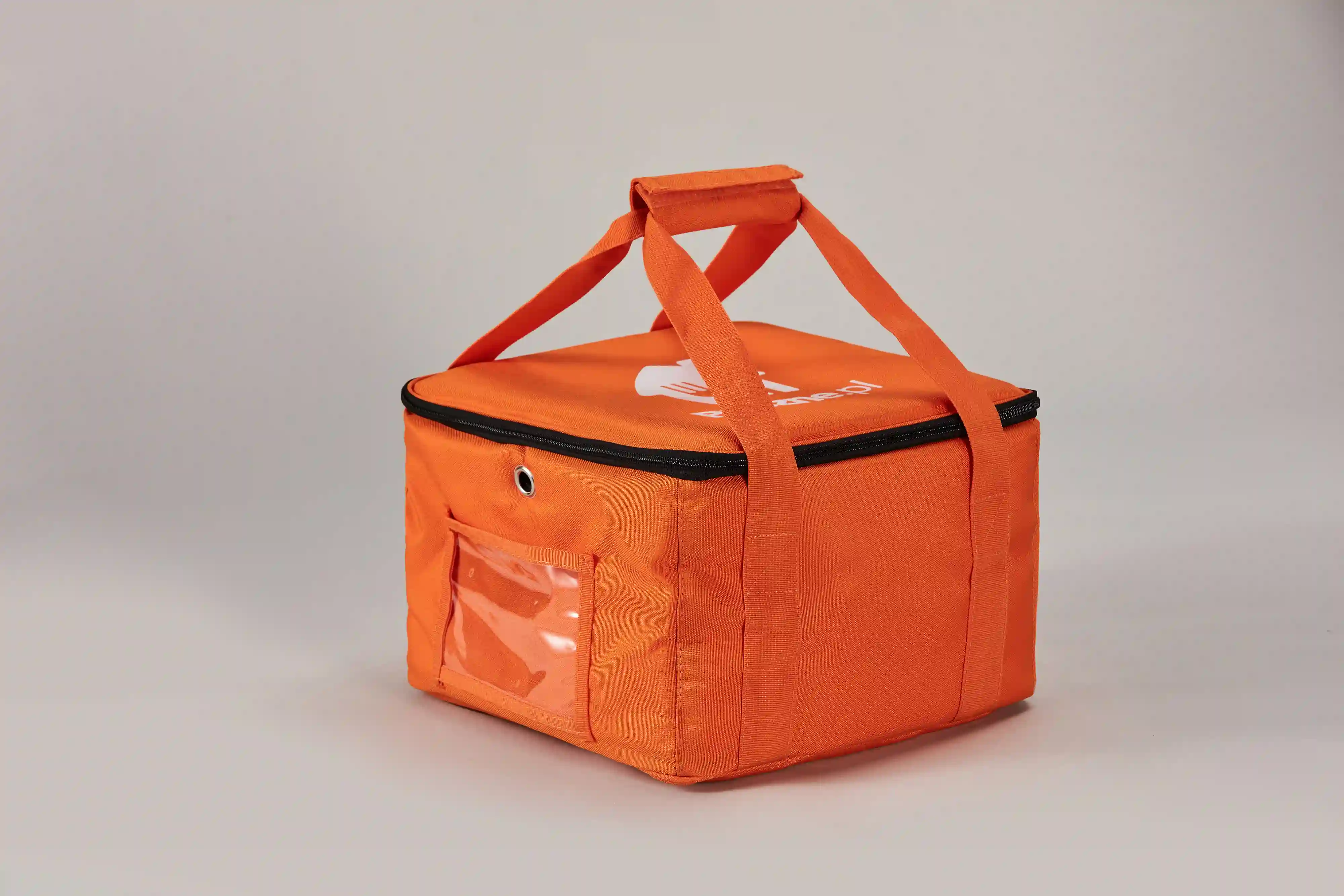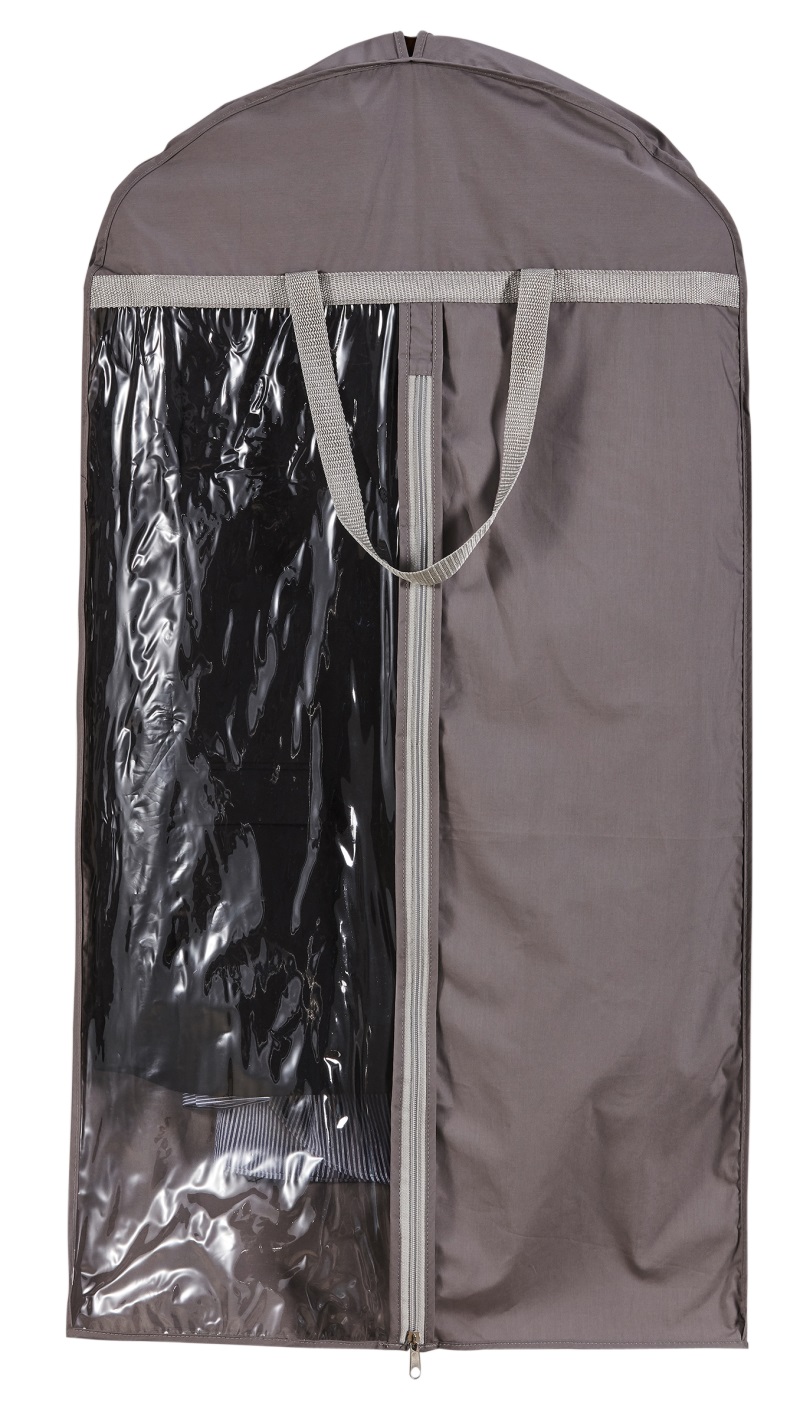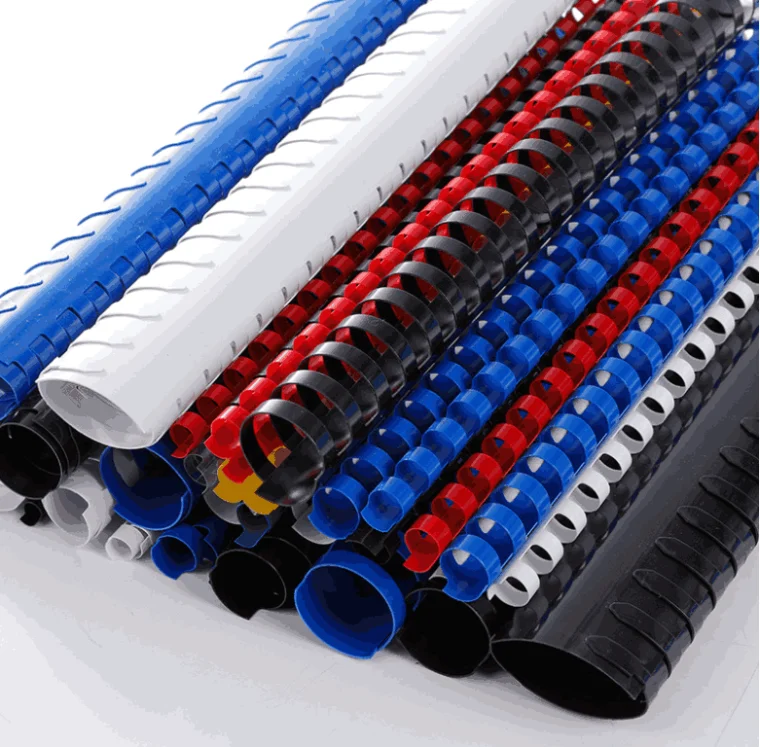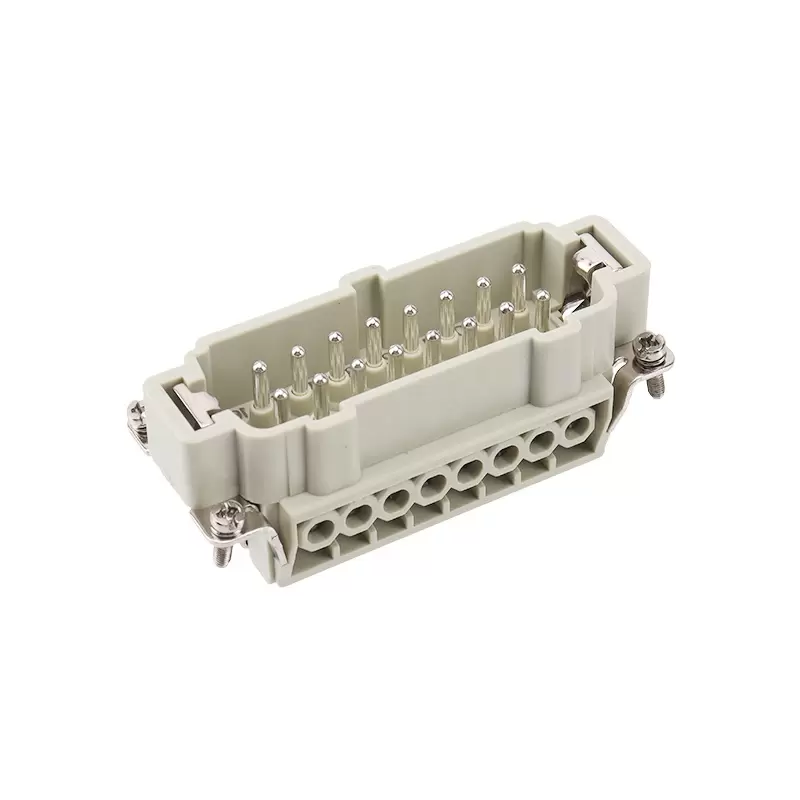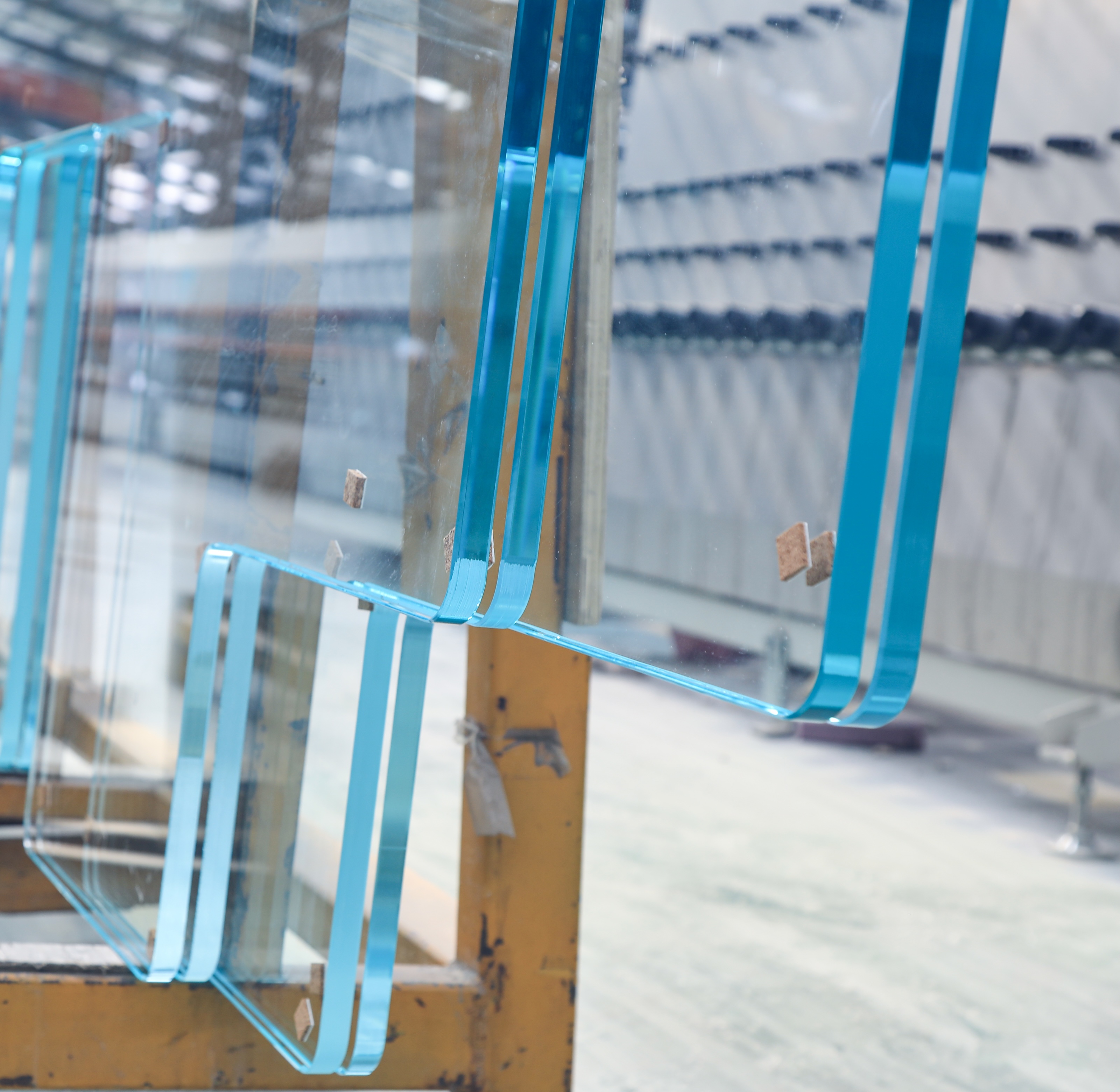In the world of printing, the compatibility of materials with different types of printers is a crucial consideration for both businesses and home users. One common question that arises is, Can I print on laser labels with an inkjet printer? This inquiry not only reflects a desire for efficiency but also highlights the importance of understanding the nuances of printing technology. In this article, we will explore the compatibility of inkjet printers with laser labels, the implications of using the wrong printer, and best practices for achieving optimal results.
Understanding Printer Technologies
Before delving into the specifics of printing on laser labels with inkjet printers, it’s essential to grasp the fundamental differences between these two types of printing technologies.
- Inkjet Printers: These printers work by spraying tiny droplets of liquid ink onto paper. They are known for their ability to produce high-quality images and vibrant colors, making them ideal for photo printing and detailed graphics. Inkjet printers typically use dye-based or pigment-based inks, which can behave differently on various surfaces.
- Laser Printers: In contrast, laser printers utilize a dry toner that is fused to the paper through heat. This method allows for faster printing speeds and is often more cost-effective for high-volume printing. Laser labels are specifically designed to withstand the heat generated during the printing process, ensuring that the toner adheres properly.
The Compatibility Issue
Now, let’s address the central question: Can you print on laser labels using an inkjet printer? The short answer is: it depends. Here are several factors to consider:
- Label Composition: Laser labels are typically made from materials that are optimized for the heat and pressure of laser printing. When using an inkjet printer, the ink may not adhere well to these surfaces, leading to smudging, bleeding, or even complete ink rejection.
- Coating and Finish: Many laser labels have a glossy or smooth finish that is designed to work with toner. Inkjet inks, especially dye-based inks, may not dry properly on these surfaces, resulting in poor print quality. Conversely, some inkjet-compatible labels are designed with a coating that allows for better ink absorption and drying.
- Ink Type: The type of ink used in your inkjet printer can also affect compatibility. Pigment-based inks tend to be more water-resistant and may adhere better to non-porous surfaces compared to dye-based inks. However, even pigment inks may struggle on laser label materials.
Risks of Printing on Laser Labels with Inkjet Printers
Attempting to print on laser labels with an inkjet printer can lead to several issues:
- Print Quality: As mentioned, the print quality may suffer significantly. You may encounter issues such as smudging, fading, or incomplete prints, which can be particularly problematic for professional applications.
- Printer Damage: Using the wrong type of labels can potentially damage your inkjet printer. If the label material is too thick or not designed for inkjet use, it could lead to paper jams or even damage to the print head.
- Cost Inefficiency: Wasting labels and ink due to poor print quality can lead to increased costs. It’s essential to consider whether the potential savings from using laser labels are worth the risk of subpar results.
Best Practices for Printing on Labels
If you find yourself in a situation where you must print on laser labels with an inkjet printer, here are some best practices to follow:
- Test First: Before committing to a large print job, conduct a test print on a single label. This will help you assess the print quality and adhesion of the ink.
- Use Inkjet-Compatible Labels: Whenever possible, opt for labels specifically designed for inkjet printers. These labels are formulated to work with the unique properties of inkjet inks, ensuring better results.
- Adjust Printer Settings: Modify your printer settings to accommodate the label type. Selecting the appropriate media type can help improve ink distribution and drying time.
- Allow for Drying Time: After printing, allow the labels to dry completely before handling them. This can help prevent smudging and ensure that the ink adheres properly.
Conclusion
In conclusion, while it may be tempting to use laser labels with an inkjet printer, the potential pitfalls often outweigh the benefits. Understanding the differences between printing technologies and the specific requirements of label materials is crucial for achieving high-quality results. For best practices, always opt for labels that are compatible with your printer type to avoid issues and ensure that your printed materials meet your expectations. By making informed choices, you can enhance your printing experience and achieve professional-quality results every time.
